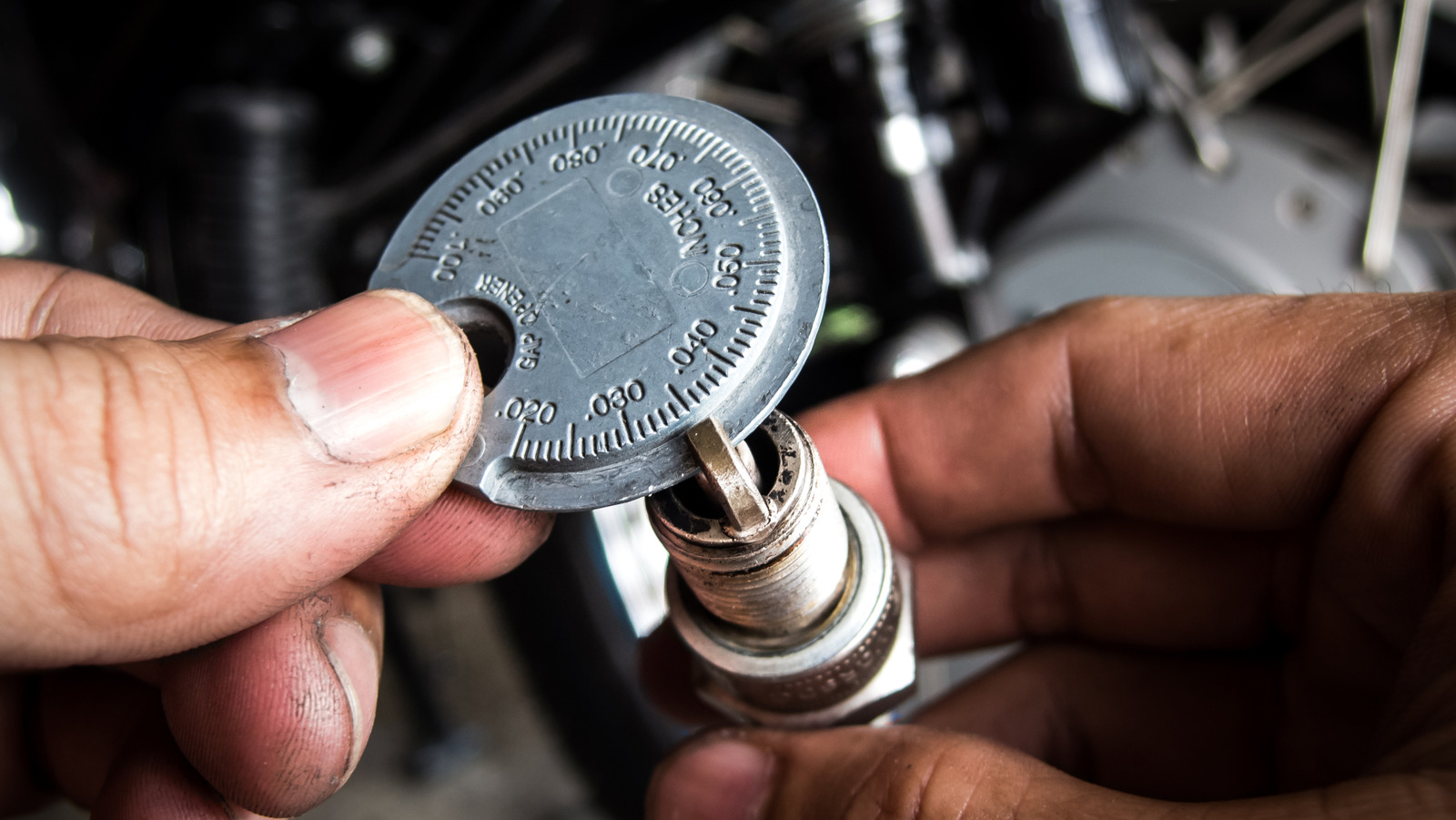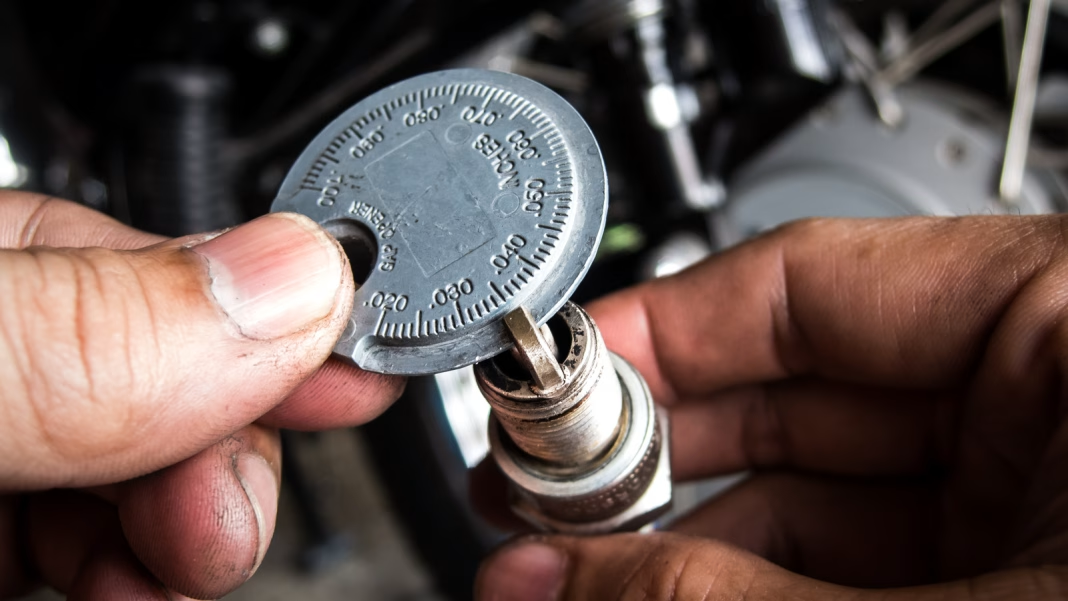When it comes to spark plugs, many drivers might think, “If it ain’t broke, don’t fix it.” And for the most part, that’s a solid approach. However, there are situations where making adjustments to your spark plugs can lead to better performance and efficiency. Let’s dive into when and why you might want to tweak those little powerhouses under your hood.
What’s the Deal with Spark Plug Gaps?
The gap between the electrodes of a spark plug is crucial for its performance. This gap is where the spark jumps to ignite the air-fuel mixture in your engine. If the gap is too wide or too narrow, it can lead to misfires, poor fuel economy, and even engine damage. Most spark plugs come pre-gapped from the manufacturer, but not all vehicles are created equal. Factors like engine modifications, altitude, and even fuel type can necessitate a gap adjustment.
When Should You Adjust the Spark Plug Gap?
If you’ve made modifications to your engine—like adding a turbocharger or changing the intake system—you might need to adjust the spark plug gap. These changes can increase the pressure and temperature in the combustion chamber, which means your spark plugs need to work harder. A wider gap can help produce a stronger spark, but it’s essential to find the sweet spot. Too wide, and you risk misfires; too narrow, and you might not get a strong enough spark.
Another scenario to consider is if you live at a high altitude. The thinner air can affect combustion, and adjusting the gap can help optimize performance in those conditions. It’s all about ensuring that your engine is getting the best possible spark to ignite the fuel.
How to Adjust the Spark Plug Gap
If you decide it’s time to make an adjustment, it’s not as daunting as it sounds. You’ll need a gap tool, which is a simple and inexpensive device. Here’s a quick rundown of the process:
1. **Remove the Spark Plug**: Make sure your engine is cool, and disconnect the battery for safety. Use a spark plug socket to remove the plug from the engine.
2. **Check the Current Gap**: Use your gap tool to measure the existing gap. This will give you a baseline to work from.
3. **Adjust the Gap**: If you need to widen the gap, gently pry the ground electrode away from the center electrode. If you need to narrow it, tap the ground electrode against a hard surface. Be careful—too much force can damage the plug.
4. **Reinstall the Spark Plug**: Once you’ve adjusted the gap, reinstall the spark plug, ensuring it’s snug but not overly tight.
Real-World Example: Performance Gains
Consider a driver who recently upgraded their car with a performance exhaust system and a cold air intake. After making these changes, they noticed a slight decrease in acceleration. By adjusting the spark plug gap to accommodate the increased airflow and exhaust efficiency, they were able to restore and even enhance their vehicle’s performance. It’s a small tweak that can lead to noticeable improvements.
What About Regular Maintenance?
Even if you haven’t made any modifications, it’s good practice to check your spark plugs regularly. Over time, they can wear down, and the gap can change. Keeping an eye on them can help you catch potential issues before they escalate. If you notice symptoms like rough idling, decreased fuel efficiency, or trouble starting your engine, it might be time to inspect your spark plugs.
The big takeaway? Adjusting your spark plug gap isn’t about perfection—it’s about smarter adjustments. Start with one change this week, and you’ll likely spot the difference by month’s end. Whether you’re a seasoned gearhead or just someone who wants their car to run smoothly, understanding your spark plugs can make all the difference in your driving experience.


